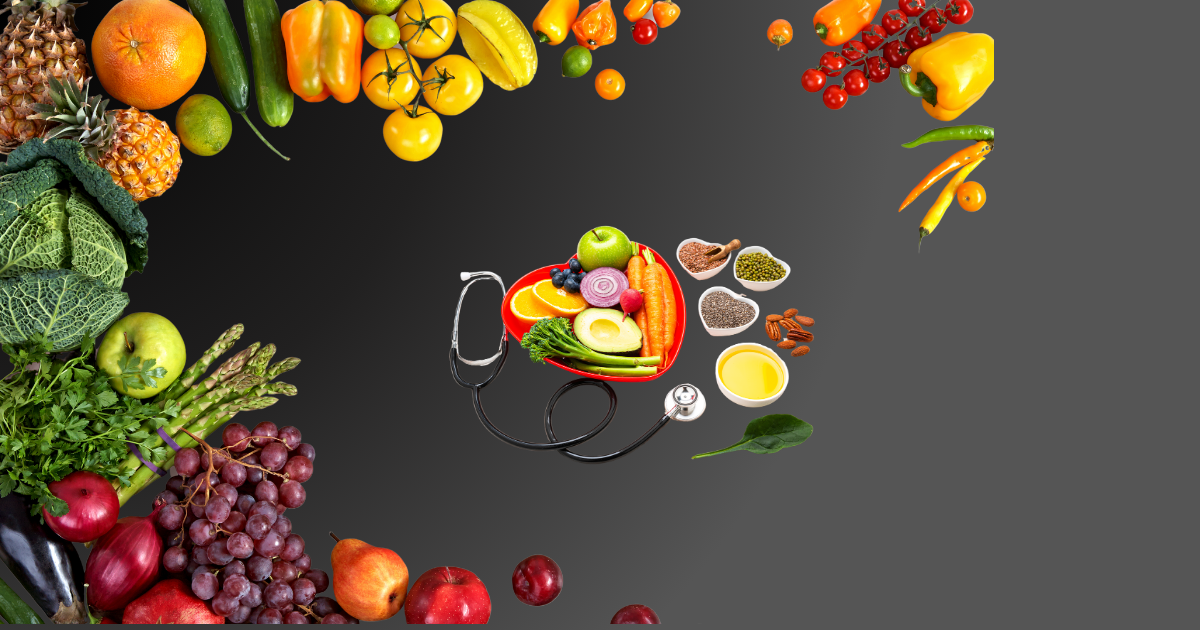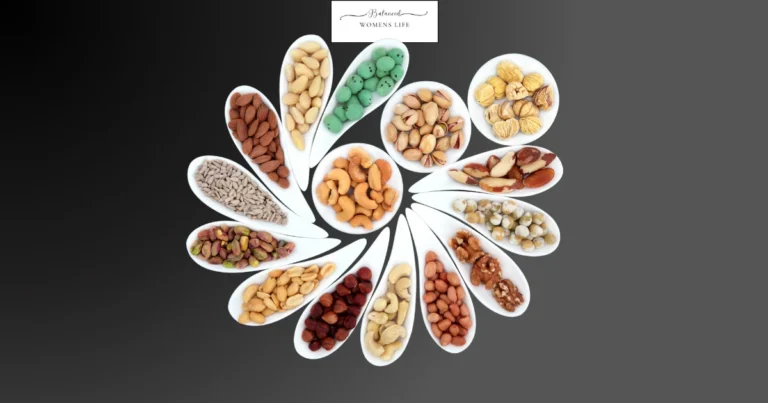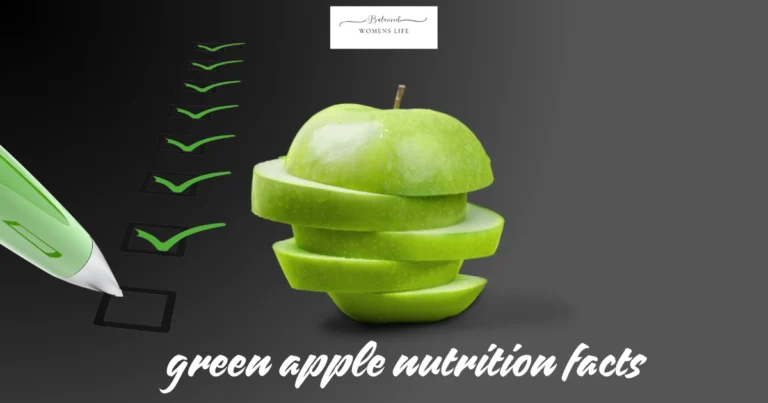Healthy Eating: Your Ultimate Guide to a Balanced and Nourishing Lifestyle
Table of Contents
Healthy eating is more than just a trend—it’s a sustainable way to improve your overall well-being, boost energy levels, and prevent chronic diseases. In today’s fast-paced world, adopting a healthy eating routine can be challenging, but with the right knowledge and strategies, it’s absolutely achievable.
This comprehensive guide dives into the principles of healthy eating, the benefits, practical tips, and answers to frequently asked questions. It also incorporates the latest statistics to help you make informed decisions about your diet.
What is Healthy Eating?
Healthy eating involves consuming a balanced diet rich in nutrients that support your body’s physical and mental functions. This includes:
- A variety of fruits and vegetables.
- Whole grains and lean proteins.
- Healthy fats and minimal processed foods.
- Adequate hydration.
The focus isn’t just on calorie counting but on the quality of the food and its nutritional value.
Why is Healthy Eating Important?
Healthy eating is the cornerstone of a long and fulfilling life. Here are some key benefits:
- Improved Physical Health
A nutritious diet reduces the risk of chronic diseases such as heart disease, diabetes, and obesity. - Enhanced Mental Health
Certain foods, like those rich in omega-3 fatty acids and antioxidants, improve brain function and reduce the risk of depression and anxiety. - Better Energy Levels
A balanced diet provides consistent energy throughout the day, helping you stay productive. - Stronger Immune System
Nutrient-rich foods boost your immune system, protecting you from illnesses. - Weight Management
Healthy eating habits make it easier to achieve and maintain a healthy weight.
Healthy Eating Statistics
| Aspect | Data |
| Global obesity rate (2023) | over 1 billion people are obese, with unhealthy eating being a leading cause |
| daily fruit and vegetable intake | only 1 in 10 adults meet the recommended intake of fruits and vegetables |
| processed food consumption | prossed foods account for more than 50% of the average diet in developed countries. |
| benefits of mediterranean diet | reduces the risk of heart disease by 30% according to a study published in the lancet |
Principles of Healthy Eating
1. Balance Your Plate
Each meal should include:
- 50% Fruits and Vegetables: For vitamins, minerals, and fiber.
- 25% Whole Grains: Such as brown rice, quinoa, or whole wheat bread.
- 25% Protein: Lean meats, fish, tofu, or legumes.
2. Limit Processed Foods
Processed foods are high in unhealthy fats, sugars, and sodium. Opt for fresh, whole foods whenever possible.
3. Stay Hydrated
Water is essential for digestion, energy, and overall health. Aim for 6-8 glasses daily.
4. Portion Control
Avoid overeating by practicing mindful portioning. Use smaller plates and chew slowly to recognize when you’re full.
5. Incorporate Healthy Fats
Focus on unsaturated fats from sources like olive oil, avocados, and nuts, which promote heart health.
6. Snack Smartly
Choose nutritious snacks like yogurt, fresh fruits, or a handful of nuts instead of sugary or salty options.
Common Challenges in Healthy Eating and Solutions
| challenge | solution |
| Lack of time | prep meals in advance or choose quick healthy recipes. |
| Cost of healthy food | buy seasonal produce and consider frozen fruit/vegetables, which are often cheaper. |
| Ravings for unhealthy food | find healthier alternatives, like baked chips or dark chocolate. |
| Lack of knowledge about nutrition | use reliable resources or consult a nutritionist to guide your choices. |
Healthy Eating Tips for Busy Lifestyles
- Plan Your Meals
Create a weekly menu to avoid impulsive, unhealthy choices. - Batch Cook
Prepare meals in large quantities and store portions for later use. - Keep Healthy Snacks Handy
Stock up on nuts, fruits, and granola bars to curb hunger on the go. - Opt for Simple Recipes
Choose meals with minimal ingredients that can be prepared in under 30 minutes. - Read Food Labels
Look for hidden sugars, sodium, and unhealthy fats.
Healthy Eating FAQs
1. How many calories should I eat per day?
Calorie needs vary by age, gender, and activity level. On average:
- Women: 1,800–2,400 calories/day.
- Men: 2,200–3,000 calories/day.
2. Is it necessary to take supplements?
Supplements are useful if you have specific deficiencies, but most nutrients should come from food.
3. What are the best foods for energy?
Foods like bananas, oatmeal, nuts, and eggs provide sustained energy.
4. Can I eat out and still maintain a healthy diet?
Yes! Choose grilled over fried options, ask for dressings on the side, and prioritize vegetables.
5. What’s the difference between whole grains and refined grains?
Whole grains retain all parts of the grain, offering more nutrients and fiber, while refined grains are processed and less nutritious.
Sample 7-Day Healthy Eating Plan
| Day | Break fast | Lunch | dinner | snack |
| Monday | oatmeal with berries | grilled chick en salad | baked salmon xith quinoa | greek yogurt with honey |
| Tuesday | smoo thie with berries | turkey sand wich on whole grain | stit-friedtofu with brown rice | apple slices with peanut butter |
| Wednesday | scrambled eggs with avocado | lentil soup with side salad | grilled steak with roasted veggies | nuts and diried fruit |
| Thursday | whole-grain toast with almond butte | quinoa bowl with chick peas | grilled chicken with sweet potato | carrot sticks with hum mus |
| Friday | yogurt parfait with granola | tuna salad wrap | pasta with marin ara and veggies | dark choc plate square |
| Saturday | pancakes made with oat flour | grilled veggie sand wich | baked cod with stea med brocc oli | hard-boile d’egg |
| Sunday | poac hed eggs with spina ch | shrimp stir-fr y with rice noodles | roast chicken with green beans | banana |
The Role of Technology in Healthy Eating
Apps and tools can simplify your journey to healthy eating:
- MyFitnessPal: Tracks calorie intake and nutrition.
- Mealime: Helps plan and organize meals.
- Yuka: Scans food products for nutritional quality.
Final Thoughts
Healthy eating isn’t about restrictive diets or complicated routines—it’s about creating a sustainable and enjoyable way to nourish your body. By incorporating nutrient-rich foods, staying hydrated, and planning your meals, you can transform your lifestyle for the better.
Start small, stay consistent, and remember: every positive choice adds up to a healthier you!
Healthy eating is more than just a trend—it’s a sustainable way to improve your overall well-being, boost energy levels, and prevent chronic diseases. In today’s fast-paced world, adopting a healthy eating routine can be challenging, but with the right knowledge and strategies, it’s absolutely achievable.
This comprehensive guide dives into the principles of healthy eating, the benefits, practical tips, and answers to frequently asked questions. It also incorporates the latest statistics to help you make informed decisions about your diet.
—
What is Healthy Eating?
Healthy eating involves consuming a balanced diet rich in nutrients that support your body’s physical and mental functions. This includes:
A variety of fruits and vegetables.
Whole grains and lean proteins.
Healthy fats and minimal processed foods.
Adequate hydration.
The focus isn’t just on calorie counting but on the quality of the food and its nutritional value.
—
Why is Healthy Eating Important?
Healthy eating is the cornerstone of a long and fulfilling life. Here are some key benefits:
1. Improved Physical Health
A nutritious diet reduces the risk of chronic diseases such as heart disease, diabetes, and obesity.
2. Enhanced Mental Health
Certain foods, like those rich in omega-3 fatty acids and antioxidants, improve brain function and reduce the risk of depression and anxiety.
3. Better Energy Levels
A balanced diet provides consistent energy throughout the day, helping you stay productive.
4. Stronger Immune System
Nutrient-rich foods boost your immune system, protecting you from illnesses.
5. Weight Management
Healthy eating habits make it easier to achieve and maintain a healthy weight.
—
Healthy Eating Statistics
—
Principles of Healthy Eating
1. Balance Your Plate
Each meal should include:
50% Fruits and Vegetables: For vitamins, minerals, and fiber.
25% Whole Grains: Such as brown rice, quinoa, or whole wheat bread.
25% Protein: Lean meats, fish, tofu, or legumes.
2. Limit Processed Foods
Processed foods are high in unhealthy fats, sugars, and sodium. Opt for fresh, whole foods whenever possible.
3. Stay Hydrated
Water is essential for digestion, energy, and overall health. Aim for 6-8 glasses daily.
4. Portion Control
Avoid overeating by practicing mindful portioning. Use smaller plates and chew slowly to recognize when you’re full.
5. Incorporate Healthy Fats
Focus on unsaturated fats from sources like olive oil, avocados, and nuts, which promote heart health.
6. Snack Smartly
Choose nutritious snacks like yogurt, fresh fruits, or a handful of nuts instead of sugary or salty options.
—
Common Challenges in Healthy Eating and Solutions
—
Healthy Eating Tips for Busy Lifestyles
1. Plan Your Meals
Create a weekly menu to avoid impulsive, unhealthy choices.
2. Batch Cook
Prepare meals in large quantities and store portions for later use.
3. Keep Healthy Snacks Handy
Stock up on nuts, fruits, and granola bars to curb hunger on the go.
4. Opt for Simple Recipes
Choose meals with minimal ingredients that can be prepared in under 30 minutes.
5. Read Food Labels
Look for hidden sugars, sodium, and unhealthy fats.
Healthy Eating FAQs
1. How many calories should I eat per day?
Calorie needs vary by age, gender, and activity level. On average:
Women: 1,800–2,400 calories/day.
Men: 2,200–3,000 calories/day.
2. Is it necessary to take supplements?
Supplements are useful if you have specific deficiencies, but most nutrients should come from food.
3. What are the best foods for energy?
Foods like bananas, oatmeal, nuts, and eggs provide sustained energy.
4. Can I eat out and still maintain a healthy diet?
Yes! Choose grilled over fried options, ask for dressings on the side, and prioritize vegetables.
5. What’s the difference between whole grains and refined grains?
Whole grains retain all parts of the grain, offering more nutrients and fiber, while refined grains are processed and less nutritious.
—
Sample 7-Day Healthy Eating Plan
—
The Role of Technology in Healthy Eating
Apps and tools can simplify your journey to healthy eating:
MyFitnessPal: Tracks calorie intake and nutrition.
Mealime: Helps plan and organize meals.
Yuka: Scans food products for nutritional quality.
—
Final Thoughts
Healthy eating isn’t about restrictive diets or complicated routines—it’s about creating a sustainable and enjoyable way to nourish your body. By incorporating nutrient-rich foods, staying hydrated, and planning your meals, you can transform your lifestyle for the better.
Start small, stay consistent, and remember: every positive choice adds up to a healthier you!







